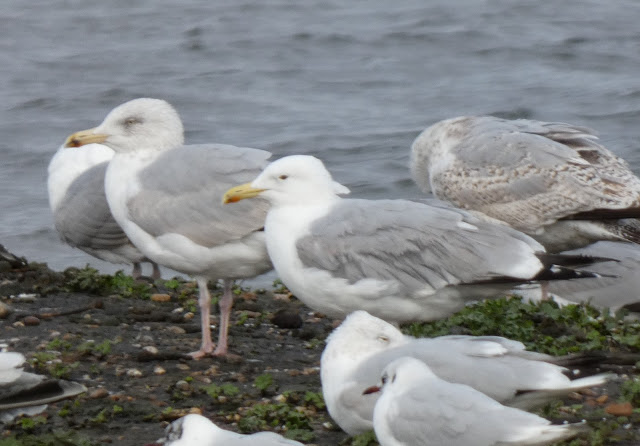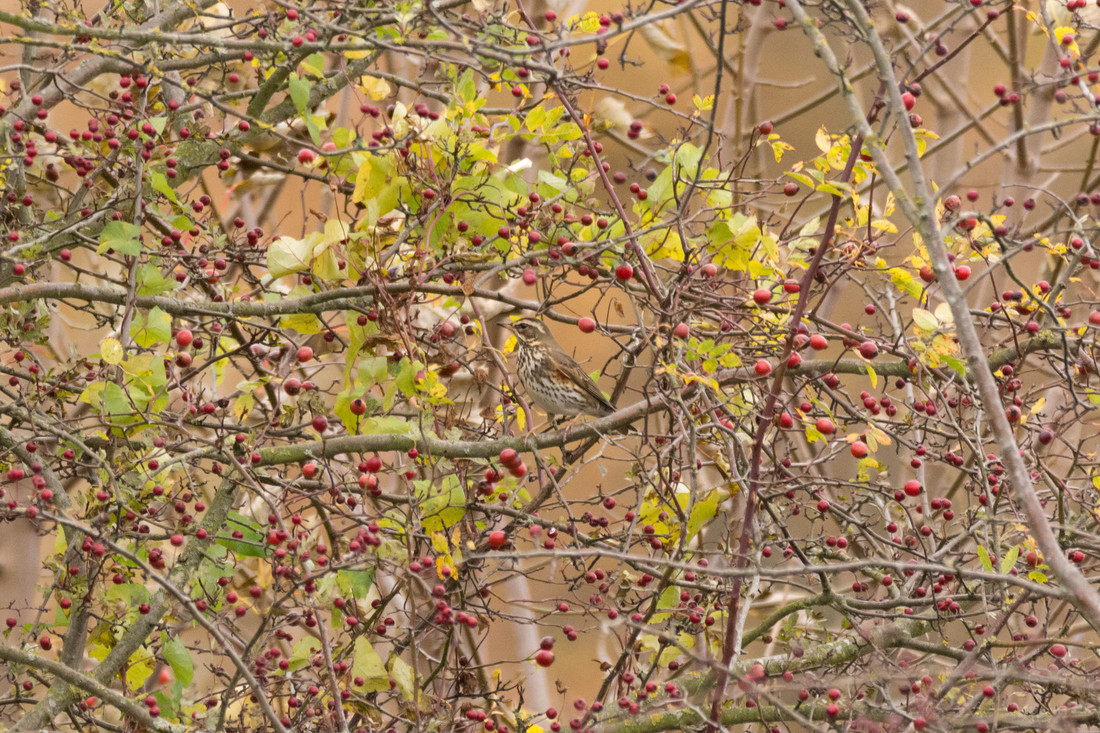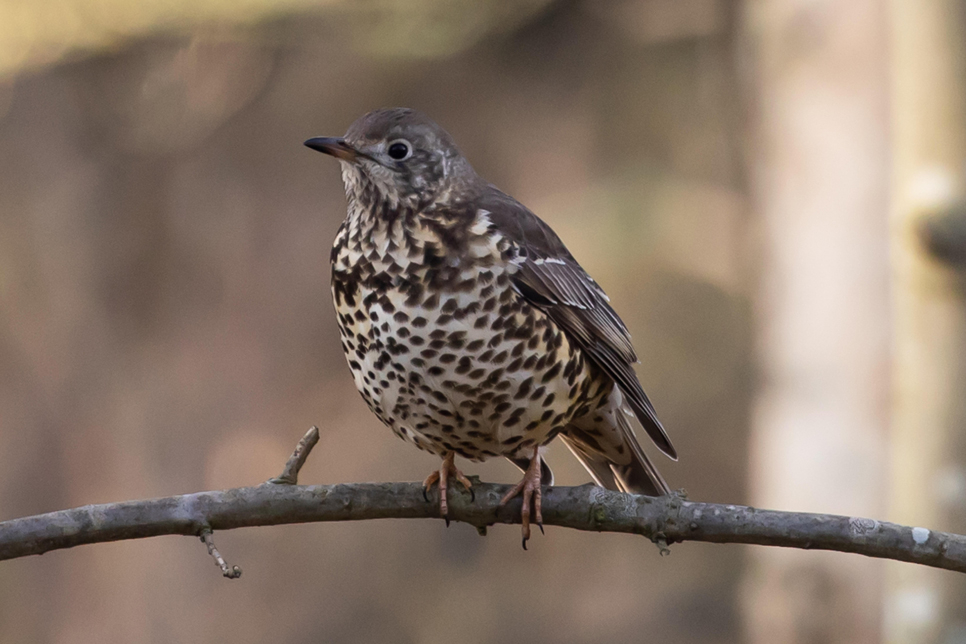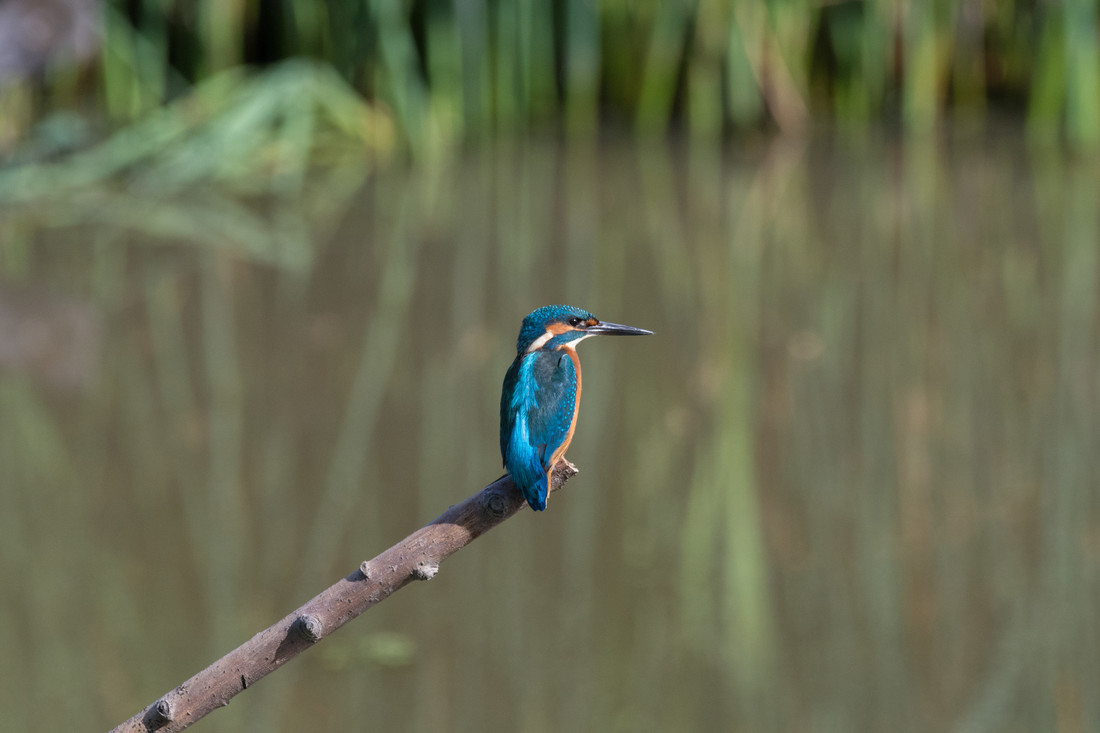Wildlife sightings for 22nd July 2013
1 Shoveler brood - resr lagoon
2 Buzzard - flew N and NW early on
3 Peregrine - flying to the N of the reserve (incl. 1 immature bird)
2 Garden Warbler - south route/sheltered lagoon area (near WWF hide)
1 Coal Tit family - world wetlands by the Trappers Lodge exhibit conifers
6 Cetti's Warbler - wildside, reedbed, main lake
Recent bird highlights: Little Egret, Peregrine, Red Kite, Hobby, Buzzard, Redshank, Green Sandpiper, Common Sandpiper, Little Ringed Plover, Snipe, Black-Tailed Godwit.
Most of the Redshank and Lapwing chicks have now fledged. Tufted Duck, Pochard, Mallard, Gadwall and Little Grebe all have nests and young on the lake islands and amongst the marginal vegetation. Shovelers have bred here for the first time, raising 3 broods. Mute Swan have successfully raised 5 broods of cygnets (much higher than previous years). The Sand Martins have already fledged and are feeding over the lakes and scrapes. All the Common Terns have fledged now, while the growing Black-headed Gull colony have some second broods on the main lake rafts.
Other young birds around at the moment include Whitethroats (1 brood), Chiffchaff (1 brood), Coal Tit (1 brood), Goldcrest (2 broods), and good numbers of Blue Tit, Great Tit, Robin, Blackbird, Wren, Dunnock, Reed Warbler, Cetti's Warbler, Great Spotted Woodpecker and Green Woodpecker. Lesser Whitethroat bred somewhere on the perimeter of the reserve this year.
Butterflies and other invertebrates: Common Blue, 5/6-Spot Burnet Moth, Small Tortoishell, Comma, Small White, Large White, Speckled Wood, Green-veined White, Large Skipper, Small Skipper, Grizzled Skipper, Azure/Common Blue Damselfly, Blue-tailed Damselfly, Hairy Dragonfly, Large Red Damselfly, Emperor Dragonfly, Broad-bodied Chaser, Southern Hawker, Black-tailed Skimmer, Banded Demoiselle.
Water voles: actively feeding in the Wildside ponds in particular (listen out for the very audible munching from the base of marginal aquatic plants like Branched Bur-reed and Greater Pond Sedge). They also often make a distinctive ‘plop’ sound as they leap into the water from the channel edge.
Reptiles: Common Lizards have been seen on log piles on the South Route and pond zone; also around the brick edges of the sluices if quiet enough. Slow Worms are present below the survey tins and sometimes basking on habitat piles. Grass Snakes may be spotted swimming across ponds in wildside.
Flowering plants: Bittersweet, Black Medick, Blue Water-speedwell, Branched Bur-reed, Cat’s-ear, Charlock, Chives, Columbine, Common Chickweed, Common Mallow, Common Sorrel, Crow Garlic, Field Scabious, French Sorrel, Fuchsia, Crane’s-bill varieties, Lady’s-mantle, Globe Flower, Grass Vetchling, Great Bird’s-foot Trefoil, Great Burnet, Hedgerow Crane’s-bill, Hemlock Water-dropwort, Hoary Plantain, Hop Trefoil, Lavender, Lesser Swinecress, Love-in-the-Mist, Mare’s-tail, Meadow Buttercup, Meadow Clary, Meadow Vetchling, Oriental Poppy, Peony, Pineapple Mayweed, Procumbent Pearlwort, Purple Toadflax, Ragged Robin, Red Clover, Round-leaved Crane’s-bill, Sage, Scented Mayweed, Scentless Mayweed, Short-fruited Willowherb, Smooth Tare, Smooth Hawk’s-beard, Southern Marsh Orchid, Spotted Medick, Sweet Flag, Welsh Poppy, White Clover, Wild Clary, Wild Strawberry, Wild Thyme, Yellow Iris, Yellow Water-Lily.
Grasses, Sedges & Rushes: Common Club-rush, Common Spike-rush, Crested Dog’s-tail, Crested Hair-grass, False Oat-grass, Fern-grass, Hairy Brome, Meadow Oat-grass, Perennial Rye-grass, Quaking-grass, Tufted Hair-grass, Yellow Oat-grass, Yorkshire Fog, Wood Club-rush.



